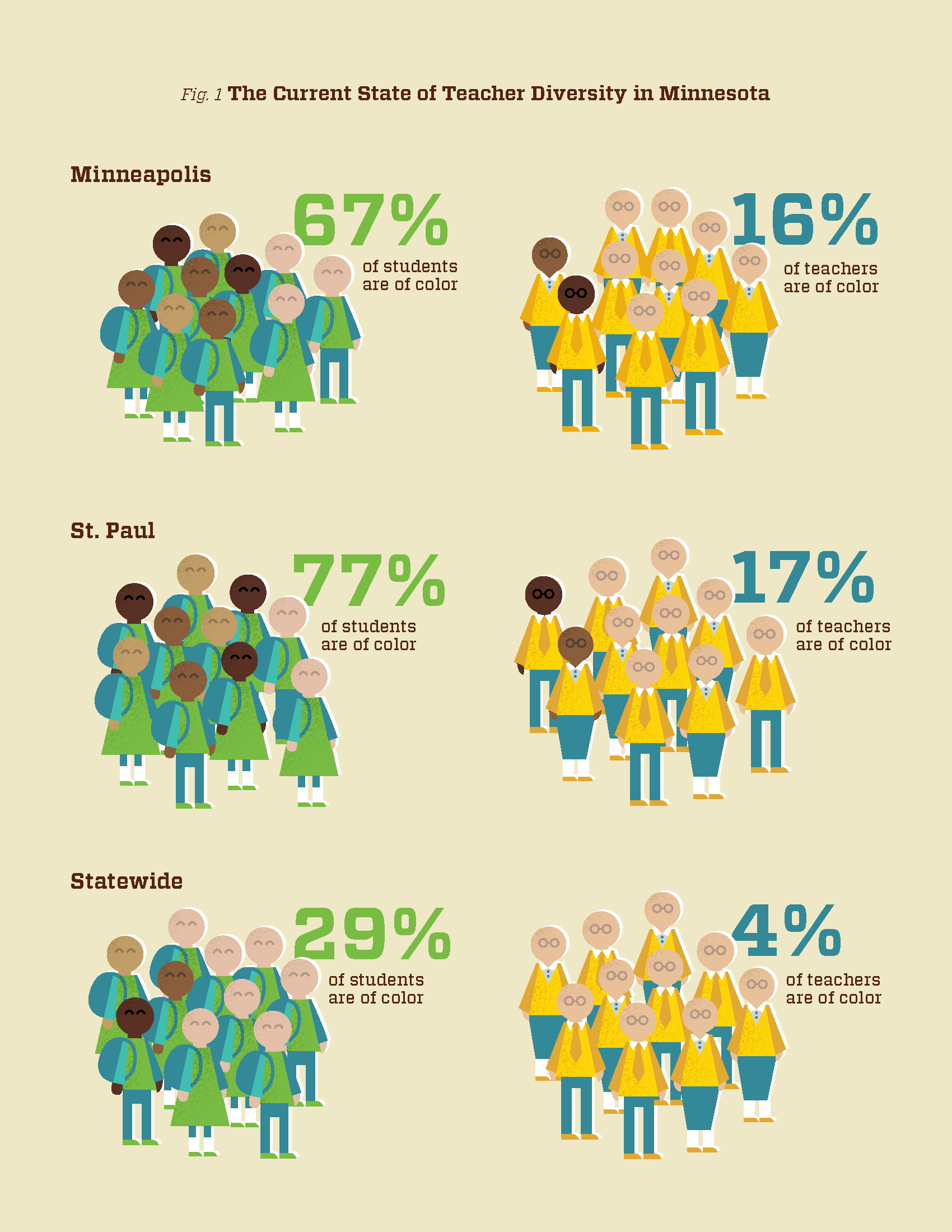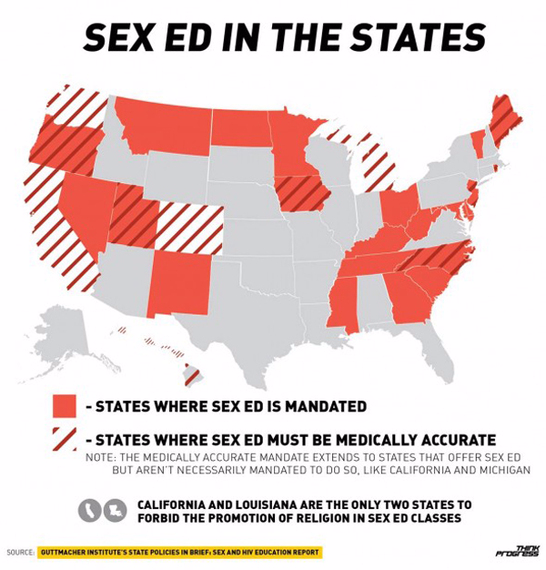
The next issue I wanted to bring to light was diversity within the teaching world, and the importance it holds for minority students. According to an American Community Survey, 80 percent of young teachers (individuals of the ages of 25 to 34 with a bachelor’s degree) varying from the level of elementary to high school are white. This is extremely disproportionate in comparison to the demographics of our nation’s students, which only consists of only approximately 50% white children. On the contrary, while black children make up 13% of students, only 8% of young teachers are black, and while 24% of our country’s students are Hispanic only 9% of young teachers are Hispanic. This leads to a serious issue regarding representation in the classroom. Having a same-race teacher is extremely important to developing young adults, as it provides them with a role model and an example to look up to.
This issue is a vicious cycle, as one of the proposed reasons for this lack of representation in the teaching force stems from disparities in graduation rates. 95% of Asian students and 94% of white students will graduate high school, as compared to 89% of Black students and 76% of Hispanic students. This rate then leads to even more drastic differences within the statistics of individuals with Bachelor’s degrees; take for example that 40% of white students and 95% of Asian students earn a bachelor’s degree while only 21% of black students and 16% of Hispanic students earn one. Less minority students with bachelor’s degrees means less students that will go on to become teachers, thus leading to less minority teachers to serve as role models for younger generations.

Why is it so important to have a same-race teacher? If there is a lack of racial representation within the classroom, minority students may believe they have less opportunity and therefore feel less inspired to further pursue their education. Besides just serving as a role model, a same-race teacher could lead to stronger bonds between students and teachers, and in some cases could even serve as a translator or friend to a minority student adjusting to a different culture. According to findings from the Institute of Labor Economics, an underprivileged black student who encounters a same-race teacher within primary school is 40% less likely to drop out. This elucidates the fact that racial representation in teaching could mean all the difference for a developing young adult.

